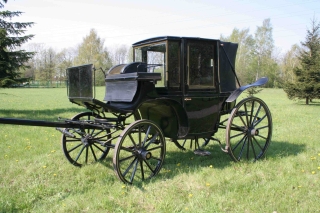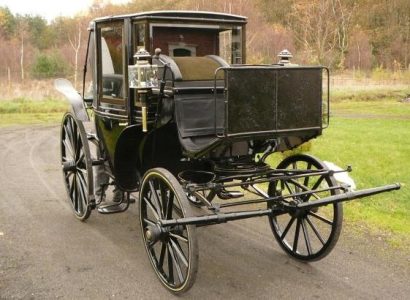Collected by the Museum horse-drawn vehicles were used in manor houses and farms of affluent peasants of the region of Upper Silesia and Dąbrowa Basin in the 19th and 20th centuries.
The most important companies operating at that time included the carpentry manufacture of Jan Pustówka from Cieszyn and saddle- and harness maker workshop of Kazimierz Kanzal from Dąbrowa Górnicza. The vehicles made in Poland did not differ in terms of the shape or the rules of construction from those created in Western Europe. Quality differences were only due to the use of other materials and the desire to adapt vehicles to native climatic conditions and user needs. When the First World War ended in Western Europe, the production of horse-drawn vehicles was abandoned in favor of automobiles. Meanwhile, in Poland, horse-drawn vehicles, especially carriages made by a Polish carriage builder, were still quite popular. It is only at that time when these vehicles reach the countryside. Carriages and other horse-drawn vehicles were used during short trips, business trips, but especially during important church and family ceremonies such as weddings and christenings. In the winter people used horse-drawn sleighs. In the countryside they performed the same functions as carriages in the summer. They also served as a sleigh cavalcade during the Carnival period.





